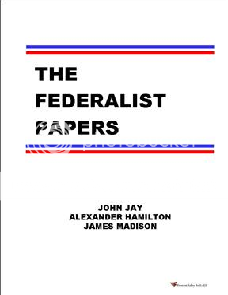RealWorldGraduation_Question_78_Tax_Rates <– PDF
The U. S. has a graduated personal income tax system. This means that income levels are divided into several levels, and those income divisions are taxed at different rates. The tax rates increase as the amount of income increases. The tax rate of the lowest division of income is called the “base rate”, and all the other tax rates at the higher income levels are called “marginal rates”. As a person’s income increases, the marginal rates become higher, hence the name “graduated tax”. For example, in tax year 2014, the income level divisions and marginal rates for single persons and married couples were:
a) 10% rate for incomes between $0 and $9075 (single person), $0 to $18150 (married)
b) 15% rate for incomes between $9075 and $36900 (single), $18150 to $73800 (married)
c) 25% rate for incomes between $36900 and $89350 (single); $73800 to $148850 (married)
d) 28% rate for incomes between $89350 and 186350 (single); $148850 to $226850 (married)
e) 33% rate for incomes between $186350 and $405100 (single); $226850 to $405100 (married)
f) 35% rate for incomes between $405100 and $406750 (single); $405100 to $457600 (married)
g) 6% rate for incomes above $406750 (single); and above $457600 (married)
There are slightly different marginal rates for “heads of household”, but those are not relevant for this topic.
The overall size of the federal government depends on how much tax revenue it can obtain. It is clear from the tax schedule above that those who earn more must generally pay more in taxes. Some activists desire to reduce the size of the government by using a tactic they call “starving the beast”. The idea is that if marginal tax rates are reduced, the government will receive less income tax revenue, and thus will ultimately force the government to reduce its budget targets. The claim is that in the long run, steadily declining revenue will require the government to reduce its spending and therefore its size. In other words, nearly all taxpayers would have more money left over from their paycheck. In what ways could this policy “starve the beast”?
a) Money that would otherwise go to the government can be spent on appliances, cars, etc; the benefit accrues to selfish individuals and deprives the government of some revenue.
b) Money that would otherwise go to the government can be spent on furthering one’s education; the benefit accrues to selfish individuals and deprives the government of some revenue.
c) Money that would otherwise go to the government can be spent on charitable causes. The benefits accrue to the less fortunate, but deprives the government of some revenue.
d) Money that would otherwise go to the government can be spent on vacations or saved for the future; either way, the benefit accrues to selfish individuals and deprives the government of some revenue.
e) All of the above to varying degrees, depending on individual preferences.
(The answer is on p. 2 of the PDF.)
Tags: Congress, House of Representatives, real world graduation



